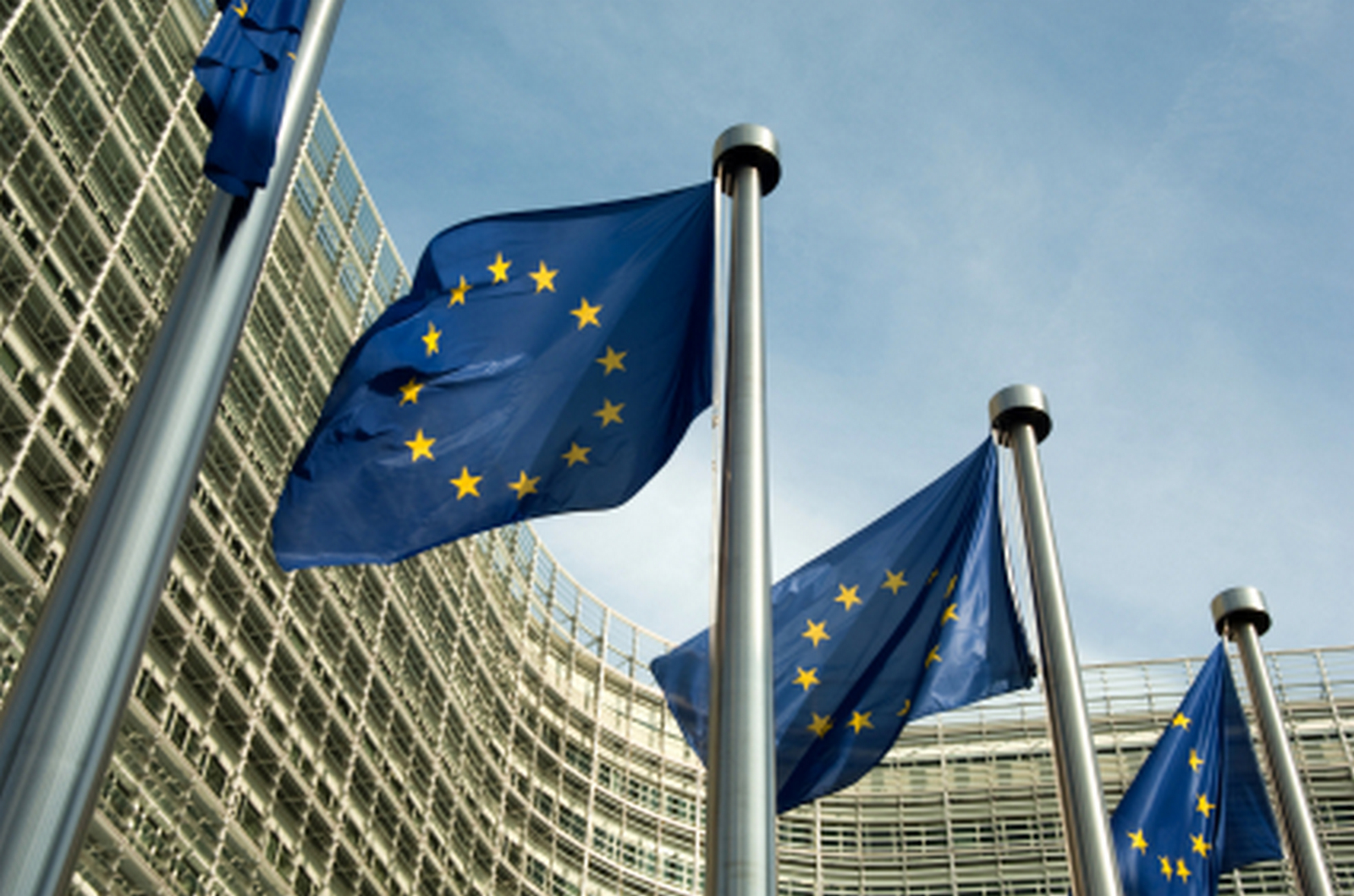
20.08.2021
The EU’s “Fit for 55” – how the EU will reduce greenhouse gas emissions by 55% by 2030
In July, the Commission launched a package of proposals on how to achieve recently adopted ambitious climate targets. The package contains proposals for new and changed regulations in several areas which, according to the commission, will “transform the economy and society fundamentally”.
Some of what has been suggested:
• The quota system (ETS) is, among other things, proposed to be expanded and strengthened
• The Innovation Fund will receive more funding and expand the sectors it supports
• All new cars will be emission-free from 2035.
• Higher taxes on fossil energy used in aviation and shipping, and requirements for the use of synthetic fuels in these sectors will be gradually increased.
• The scheme covering national responsibility for policies aimed at emissions outside the quota system (ESR – “Effort Sharing Regulation”) is, as expected, to be retained and strengthened.
The ESR covers about 60% of total emissions in the EU – including sectors such as agriculture, transport and construction. Waste incineration is still retained outside the ETS. The Commission has also announced proposals for changes in the gas market, but these will not be published until the end of the year.
Dissatisfaction with the proposal for a “customs tariff mechanism”
Much attention has been paid to the proposal for a tariff mechanism (CBAM – Carbon Border Adjustment Mechanism), which will prevent the import of industrial goods produced in countries with weaker climate regulations (carbon leakage). The scheme will be introduced gradually from 2023 to 2035 and will replace the current practice that has free quotas. The Commission has proposed that the scheme initially covers these sectors: iron and steel, cement, aluminum, fertilizers and power. Several countries outside the EU have expressed strong dissatisfaction with the scheme, and it is expected that the scheme will be the subject of extensive discussions in international forums, including the WTO, before it finds its final form.
Concern for residents of countries with weaker economies
It is estimated that before it is adopted, negotiations with the relevant nation states and within the European Parliament on the proposed package may take two years or more. Some reactions have already come in. Most of the concern is related to how the changes will affect the residents of countries with weaker economies and the inability to change their consumption patterns. The Commission has therefore placed special emphasis on a “social climate fund” to meet such challenges. This includes a framework of € 72 billion to be given to these countries from the EU’s own budget for the period 2025–32.
Climate concerns greatest in the northern and western parts of the EU
A recently published public survey by Eurobarometer shows that the Commission supports its priorities; for the first time, “climate change” is the single issue that the EU population ranks as humanity’s biggest challenge. Concerns about climate change are the greatest in the northern and western parts of the EU as well as in high-income groups. Concerns about the economy and access to water/food are the greatest in the southern and eastern parts of the EU.
This is part of the Environmental Analysis for June and July, prepared by Gassnova’s analysis team.
